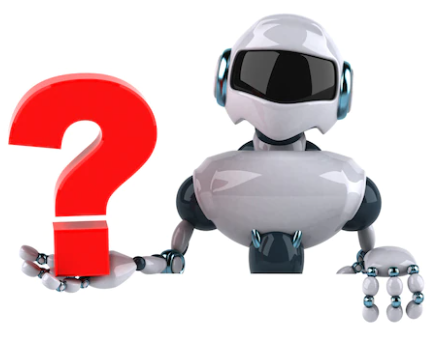
Automation, with the consequent involvement of increasingly advanced robots in the workplace, has historically been perceived as a threat to workers. However, as artificial intelligence (AI) reaches higher levels of maturity, the balance shows a positive shift: more jobs are being created than are being replaced. Specifically, the World Economic Forum estimated in 2020 that AI and new technologies would replace 85 million workers by 2025, but by that same year, 97 million new jobs would be created.
Data analysts, AI and machine learning experts, operations managers, specialized developers, experience creators, data scientists, and synthetic data builders are just a few of the positions in growing demand that didn’t even exist a few years ago.
But that’s not all: AI is also driving hybrid jobs, where humans and machines work collaboratively. While software handles repetitive tasks requiring immense speed and calculation precision without errors and takes on potentially dangerous tasks (like moving heavy boxes or repairing hazardous machinery), people focus on higher-value-added tasks.
The methods of interaction between humans and AI can be categorized into different levels. The first is when technology assists the person: it provides guidance to improve their work, helps prioritize activities, or completes tasks that have already been started. The second involves tasks that AI solves on its own but still requires human oversight. The third occurs when AI completes the work but requires human “assistance” in cases that exceed its training, such as approving medical studies.
By Manuel Allegue – August 19, 2022


